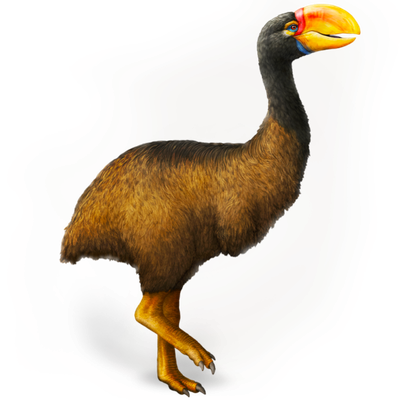Your search returned 2817 results
By Page Type
By Tag
- fish (966)
- blog (696)
- fishes of sydney harbour (401)
- First Nations (299)
- Blog (236)
- AMRI (169)
- archives (164)
- Eureka Prizes (146)
- Aboriginal and Torres Strait Islander (135)
- insect (126)
- Ichthyology (124)
- geoscience (109)
- minerals (102)
- climate change (100)
- podcast (94)
- Fish (91)
- Anthropology (89)
- International collections (80)
- Minerals Gallery (78)
- wildlife of sydney (78)
- Labridae (77)
- frog (74)
- gemstone (70)
- history (64)
- photography (64)
- Mollusca (60)
- gem (59)
- staff (59)
- Birds (56)
- Gems (56)
- Indonesia (56)
- education (56)
- shark (55)
- AMplify (54)
- people (53)
- earth sciences (50)
- past exhibitions (50)
- exhibition (49)
- Gobiidae (48)
- sustainability (46)
- Pomacentridae (45)
- Serranidae (44)
- lifelong learning (42)
- science (42)
- Earth and Environmental Science (41)
- Syngnathidae (41)
- Ancient Egypt (40)
- Bali (40)
- bird (40)
- dangerous australians (40)
-
Little Bent-wing Bat
https://australian.museum/learn/animals/bats/little-bent-wing-bat/Many hundreds of Little Bent-wing Bats roost together in a colony, often sharing their roosts with Common Bent-wing Bats.
-
Large Bent-wing Bat
https://australian.museum/learn/animals/bats/large-bent-wing-bat/In the nursery caves of the Large Bent-wing Bat there may be up to 3000 babies in a square metre of ceiling.
-
Northern Long-eared Bat
https://australian.museum/learn/animals/bats/northern-long-eared-bat/Northern Long-eared Bats also known as Eastern Long-eared Bat roost in tree hollows and occasionally in roofs.
-
Greater Long-eared Bat
https://australian.museum/learn/animals/bats/greater-long-eared-bat/Greater Long-eared Bat
-
Troughton's Sheathtail Bat
https://australian.museum/learn/animals/bats/troughtons-sheathtail-bat/Troughton's Sheathtail Bats are known from only a few specimens from three sites near Mt Isa.
-
Hill's Sheathtail Bat
https://australian.museum/learn/animals/bats/hills-sheathtail-bat/Hill's Sheathtail Bats were only recognised as a separate species in 1980. Before that they were confused with Common Sheathtail Bats.
-
Bare-rumped Sheathtail Bat
https://australian.museum/learn/animals/bats/bare-rumped-sheathtail-bat/Bare-rumped Sheathtail Bats take their name from their backs which have little hair below the hips.
-
Longfin Perch, Caprodon longimanus (Günther, 1859)
https://australian.museum/learn/animals/fishes/longfin-perch-caprodon-longimanus/Longfin Perch, Caprodon longimanus (Günther, 1859)
-
Discover more
2025 Australian Geographic Nature Photographer of the Year
Special exhibition
Free entry
Now open -
Discover more
Unfinished Business
Special exhibition
Free entry
Now open -
Find out more
Surviving Australia
Permanent exhibition
Free entry
Now open![]()
-
Find out more
Burra
Permanent kids learning space
Free entry
10am - 4.30pm![]()
-
Discover more
Minerals
Permanent exhibition
Free entry
Open daily![]()





